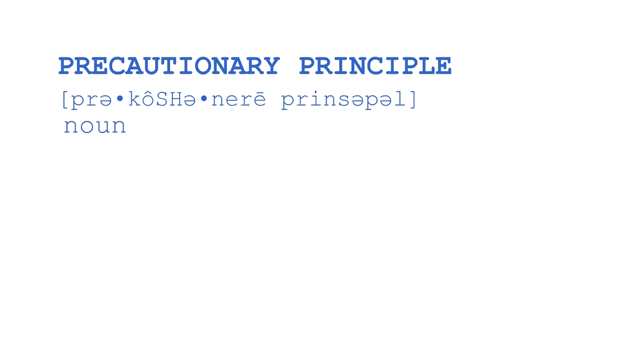The Precautionary Principle advises taking preventive measures to avoid harm or risks to human health or the environment, even if scientific evidence is not yet fully established. It is often applied in situations where there is uncertainty about the potential dangers of an action or substance. In the context of building and furnishing healthy homes, the Precautionary Principle can help guide decisions about the use of chemicals, materials, and technologies that may impact indoor air quality, electromagnetic radiation (EMR) exposure, and other health hazards.
One key way to apply the Precautionary Principle is to minimize the use of chemicals that may have adverse health effects. This includes avoiding or reducing the use of volatile organic compounds (VOCs), such as formaldehyde, which are commonly found in building materials, furniture, and household products. Choosing low-VOC or VOC-free products, such as paints, adhesives, and cleaning agents, can help minimize indoor air pollution and reduce the risk of respiratory problems, allergies, and other health issues.
A second way is to minimize exposure to electromagnetic radiation (EMR), which is emitted by a variety of sources, including electrical wiring, appliances, and wireless devices. While the long-term effects of EMR exposure are not fully understood, many independent studies suggest that it may be linked to cancer, neurological disorders, and other health problems. Minimizing exposure to EMR can be achieved by using wired instead of wireless technologies, reducing the use of electronic devices, and minimizing the proximity to EMR sources, such as power lines and cell towers.
In addition to minimizing exposure to chemicals and EMR, the Precautionary Principle can also guide decisions about other aspects of building and furnishing healthy homes, such as ventilation, insulation, and natural light. Choosing materials and designs that promote natural ventilation, such as operable windows and skylights, can help reduce indoor air pollution and improve air quality. Insulating with natural and sustainable materials, such as wool or cellulose, can improve energy efficiency and reduce exposure to harmful chemicals. Incorporating natural light sources, such as windows and daylighting systems, can also improve indoor air quality and promote mental and physical well-being.
In summary, the Precautionary Principle can help guide decisions about building and furnishing healthy homes by promoting the use of safer materials and technologies, minimizing exposure to chemicals and EMR, and considering the impacts of design decisions on indoor air quality and overall health. By taking a precautionary approach, we can help create healthier, safer, and more sustainable homes for ourselves and future generations.

